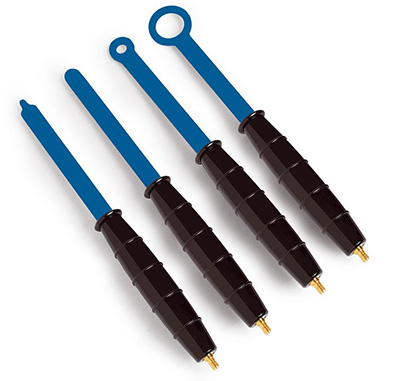EMC Question of the Week: March 2, 2020

Electrically small loop antennas are widely used to detect and measure
- electric fields
- magnetic fields
- far-field radiation
- conducted emissions
Answer
The correct answer is "b". Electrically small loops produce a voltage at their terminals that is proportional to the time rate of change of the magnetic flux passing through the loop. They are widely used to detect magnetic fields. While electrically small loops are capable of detecting the magnetic field component of a radiated field, they are not widely used for this purpose. Resonant or broadband antennas are generally much better suited for detecting and measuring radiated fields.
For a given magnetic field amplitude, the voltage induced in an open-circuited loop is proportional to frequency. However magnetic field probes are typically designed to work with the 50-Ω input impedance of an oscilloscope or spectrum analyzer. At frequencies where the impedance of the loop (ωL) is greater than 50 Ω, the voltage response is flat with frequency. This is because current induced in the loop partially cancels the magnetic flux passing through the loop.
Have a comment or question regarding this solution? We'd like to hear from you. Email us at
